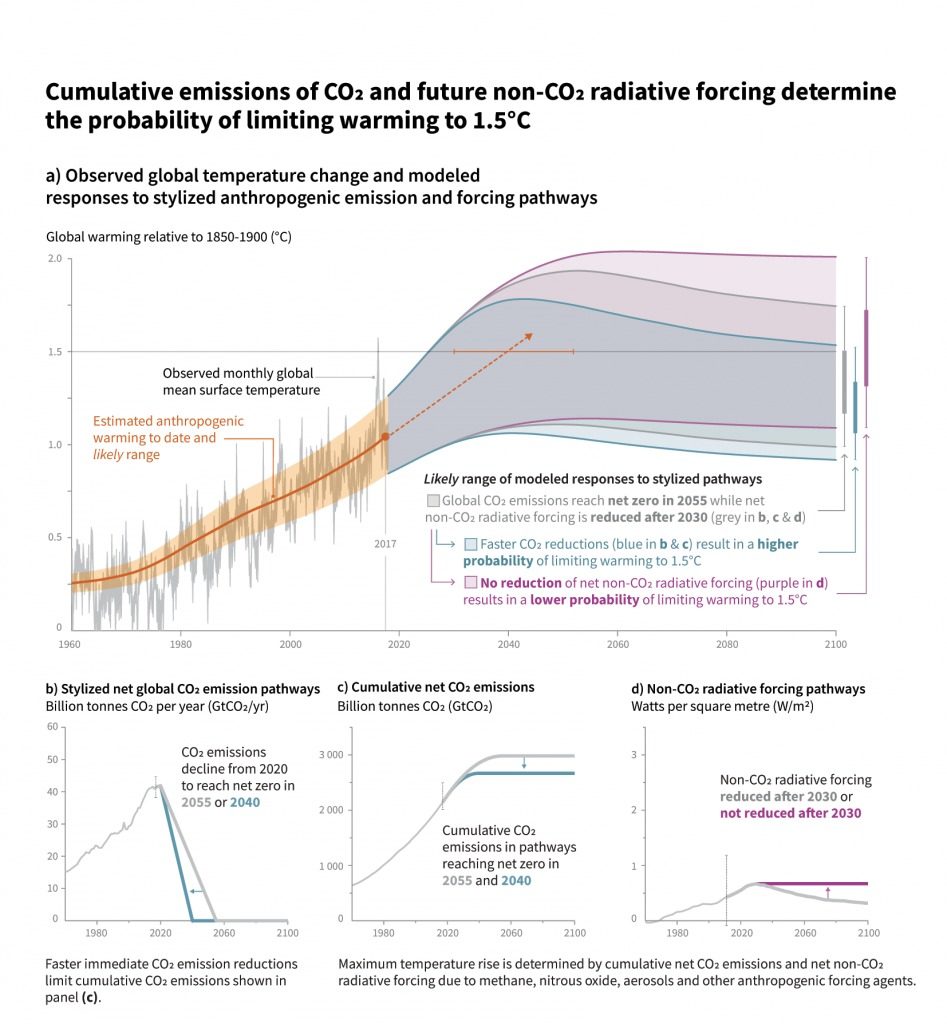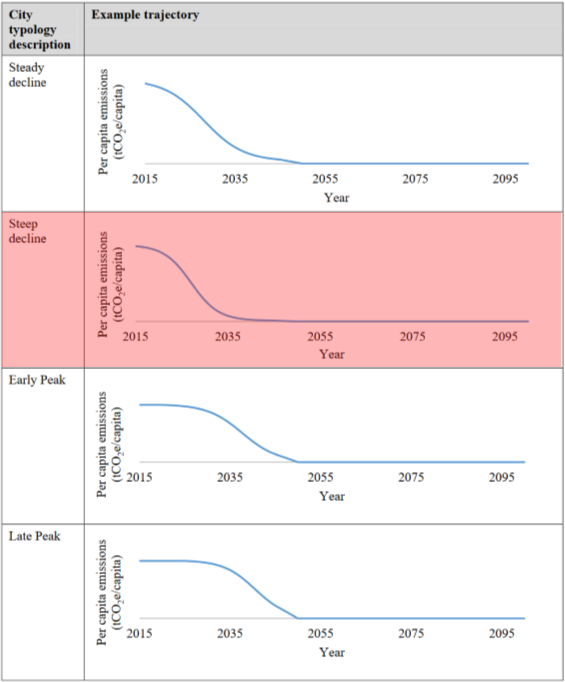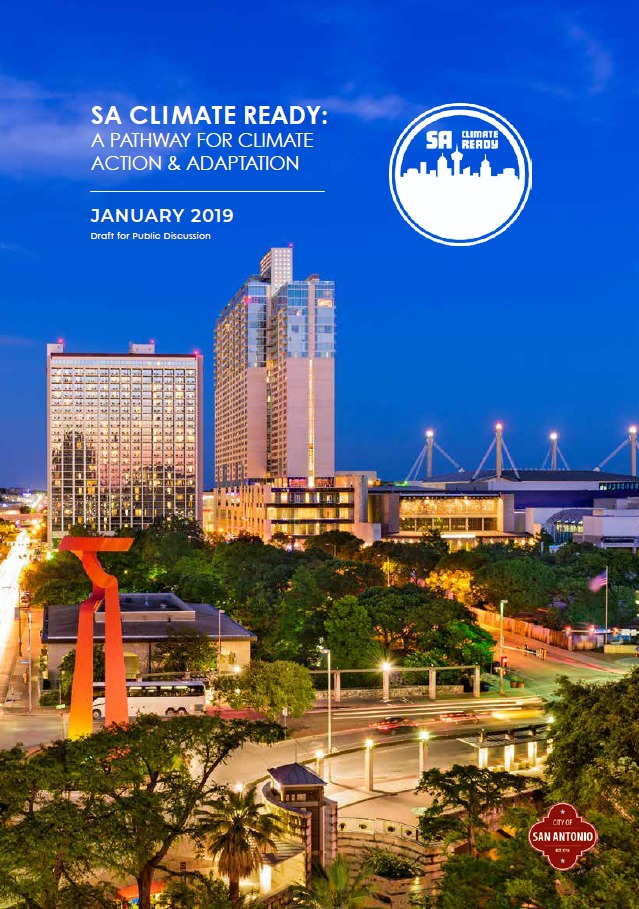San Antonio’s draft climate plan – SA Climate Ready – is out for public comment until March 26 and is expected to be up for a vote at City Council in May. We hope that city staff will take the next several weeks to strengthen the plan, and that the City Council will then adopt it without further delay. You can weigh in here.
Climate change is already wreaking havoc on communities around the world, with the loss of life and damage to ecosystems, public infrastructure and private property already at unacceptable levels, and worse to come. So the most important thing is to avoid further delay in acting to reduce greenhouse gas emissions that are fueling climate change, and subsequently extreme weather, including droughts, wildfires, floods, and stronger hurricanes, as well as rising sea levels and melting permafrost
Greenhouse gas emissions actually increased in 2018, demonstrating why every city in the U.S. needs a climate plan and needs to implement those plans with a real sense of urgency. There is no time to waste and our federal government isn’t helping.
How does SA Climate Ready stack up? In short: it needs work.
At the most fundamental level, the plan doesn’t set goals that align with the scientific consensus on how quickly emissions must be reduced to keep global warming to 1.5°C (a level that will result in more disasters than we are currently experiencing, but will hopefully avoid ecological collapse). Likewise, it fails to recognize that U.S. cities, including San Antonio, have a responsibility to reduce emissions more quickly than cities in poorer countries with lower emissions. The reality of what is needed from U.S. cities (ending our addiction to fossil fuels over the coming decade) may seem daunting, but the least we can do is recognize the fact, even if we don’t have a clear plan to achieve the goal.
What the World’s Climate Scientists Say
Last year, the Intergovernmental Panel on Climate Change (IPCC) issued its “Special Report on Global Warming of 1.5°C,” which made it clear that the window of opportunity to avoid catastrophic climate change that is irreversible on the human time scale is closing. We need big changes now. We will have the best chance of keeping global warming to 1.5°C if we can achieve net zero greenhouse gas emissions on a global level by 2040. Postponing significant emissions reductions until after 2030, as is implied by the SA Climate Ready plan, won’t land us in a world we want to live in.

Listen to the Experts on City Climate Planning
C40 Cities – the leading organization that works with cities in the U.S. and internationally to take on climate change has developed a very helpful guidance document called “Deadline 2020” to help cities develop climate plans that align with meeting the goals of the Paris Climate Agreement. The name of the report comes from the fact that global greenhouse gas emissions need to peak by 2020 to give us a decent shot of limiting warming to 1.5°C, but the report describes emissions reduction paths for cities through mid-century.
As an organization that works with the world’s largest cities, C40 Cities is intimately aware of the fact that not all cities can reduce emissions at the same rate and that it’s not fair to expect all cities to be on the same path. Cities in wealthy countries with high emissions – like the U.S. – have the responsibility and the ability to reduce emissions much quicker than average. According to the C40 Cities methodology, San Antonio should be on the “steep decline” emissions reduction path.

Big, but Achievable, Emissions Reductions Needed in San Antonio
The “Deadline 2020” methodology was developed before the IPCC released its latest and most dire report, so we think that, taken together, the IPCC and C40 Cities reports point to U.S. cities needing to reduce emissions by around 80% by 2030. That’s a big drop, but fully transitioning to renewable energy (which is possible and can be done affordably with planning) and electrifying transportation (which is already a growing trend), would achieve this goal for a city like San Antonio. It’s cities that are home to more polluting industries that will have a bigger challenge.
CPS Energy Must Take Responsibility
San Antonio, along with the rest of the world, needs to stop burning coal and natural gas to make electricity. Cheap wind and solar, paired with now cost-competitive energy storage, along with energy efficiency, can replace fossil fuel power plants that pollute the community and are the city’s largest sources of greenhouse gas emissions. CPS Energy made a big deal about funding the development of the climate plan, but the utility failed to provide any analysis of options for phasing out it’s use of fossil fuels during the planning process. The city-owned utility is holding firm on waiting until 2050 to stop burning coal and natural gas. This simply isn’t compatible with climate action. That’s why we’re calling on CPS Energy to shut down the Spruce coal-burning power plant by 2025 and phase out it’s natural gas power plants by 2030
Our message to the city is this: Be straight about the facts and set goals that give the city a decent chance of meeting the challenge at hand. Do your fair share to preserve a livable planet.
You can read our full comments on the draft SA Climate Ready plan here.



